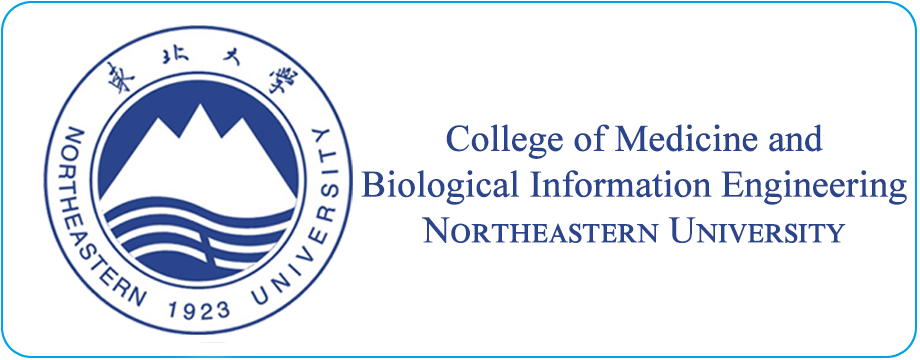

Details of the Special Issue
Special Issue: Advanced Computational Techniques in Healthcare: Applications in Disease Detection, Assessment, and Forecasting
The rapid convergence of healthcare and advanced computational technology marks a pivotal chapter in medical science and patient care. The healthcare sector, facing the dual challenges of an aging global population and escalating healthcare costs, is in dire need of innovative solutions for disease management, patient care, and healthcare delivery. The advent of powerful computational tools and techniques, such as machine learning, deep learning, artificial intelligence, and big data analytics, is reshaping the landscape of medical diagnostics, treatment personalization, and healthcare administration.
These technological advancements are not just augmenting the existing healthcare infrastructure but are also paving the way for new paradigms in medical research and patient care. For instance, predictive analytics and AI algorithms are enabling early detection of diseases, which is crucial for effective treatment. Personalized medicine, powered by genomic data analysis and AI, is tailoring treatments to individual patient needs, thereby improving treatment outcomes. Moreover, the integration of IoT and wearable technologies is revolutionizing patient monitoring, facilitating real-time health data collection, and enabling remote care – a significant step forward in managing chronic diseases and improving overall patient quality of life.
This special issue, "Advanced Computational Techniques in Healthcare: Applications in Disease Detection, Assessment, and Forecasting," seeks to capture the essence of this technological revolution in healthcare. We aim to highlight research that not only addresses the challenges in healthcare but also showcases the potential of computational technologies as a cornerstone for future advancements in medical science. The special issue will feature a curated collection of research articles, reviews, and case studies that demonstrate the innovative application of computational techniques in various aspects of healthcare.
Invited Topics:
The topics of interest for this special issue include, but are not limited to:
Innovative Machine Learning Applications in Healthcare: Exploration of novel machine learning models and algorithms in various healthcare applications, including disease prediction, diagnosis, and treatment personalization.
Deep Learning for Medical Imaging and Diagnostics: Use of deep learning techniques in analyzing medical images, including MRI, CT scans, X-rays, and ultrasound, for improved diagnosis and patient care.
AI-driven Predictive Analytics for Disease Management: Implementation of artificial intelligence in predicting disease outbreaks, patient health deterioration, and healthcare needs forecasting.
Big Data Analytics in Healthcare: Leveraging big data for enhanced decision-making in healthcare management, policy making, and patient care strategies.
Computational Genomics and Personalized Medicine: Application of computational methods in genomics for personalized treatment plans and understanding genetic factors in diseases.
Wearable Technology and IoT in Patient Monitoring: Use of wearable devices and IoT for continuous health monitoring, remote patient care, and chronic disease management.
Natural Language Processing in Healthcare Data Analysis: Utilizing NLP for extracting valuable insights from healthcare records, patient feedback, and medical literature.
Blockchain Technology for Secure Healthcare Data Management: Exploring blockchain applications for ensuring data security, patient privacy, and efficient healthcare data management.
Telemedicine and Digital Health Innovations: Advances in telehealth technologies, digital therapeutics, and virtual healthcare delivery systems.
Computational Techniques in Public Health and Epidemiology: Utilizing computational methods in tracking disease spread, public health data analysis, and epidemiological studies.
Ethical, Legal, and Social Implications of AI in Healthcare: Addressing the ethical and legal challenges posed by the implementation of AI and computational technologies in healthcare settings.
Case Studies on Computational Technology Implementation in Healthcare: Real-world examples and case studies demonstrating the practical application and impact of computational technologies in healthcare facilities.
Integration of AI in Clinical Decision Support Systems: Development and application of AI-based tools and systems to aid clinicians in making informed decisions.
Challenges and Opportunities in Digital Health Transformation: Discussion on the challenges faced during the digital transformation of healthcare and the opportunities it presents.
Submission Details:
We invite contributions from researchers, academicians, and industry professionals that reflect the latest advancements and practical applications of computational technology in healthcare. Submissions should be original, technically sound, and provide meaningful insights into addressing healthcare challenges. Authors should also discuss the broader impact of their work on healthcare systems, policy, and future research directions.
For submission guidelines, formatting requirements, and deadlines, please visit https://www.acadlore.com/journals/HF. All submissions must be sent to hf@acadlore.com, indicating that they are for this special issue.

Abstract

Abstract

Abstract

Abstract

Abstract







